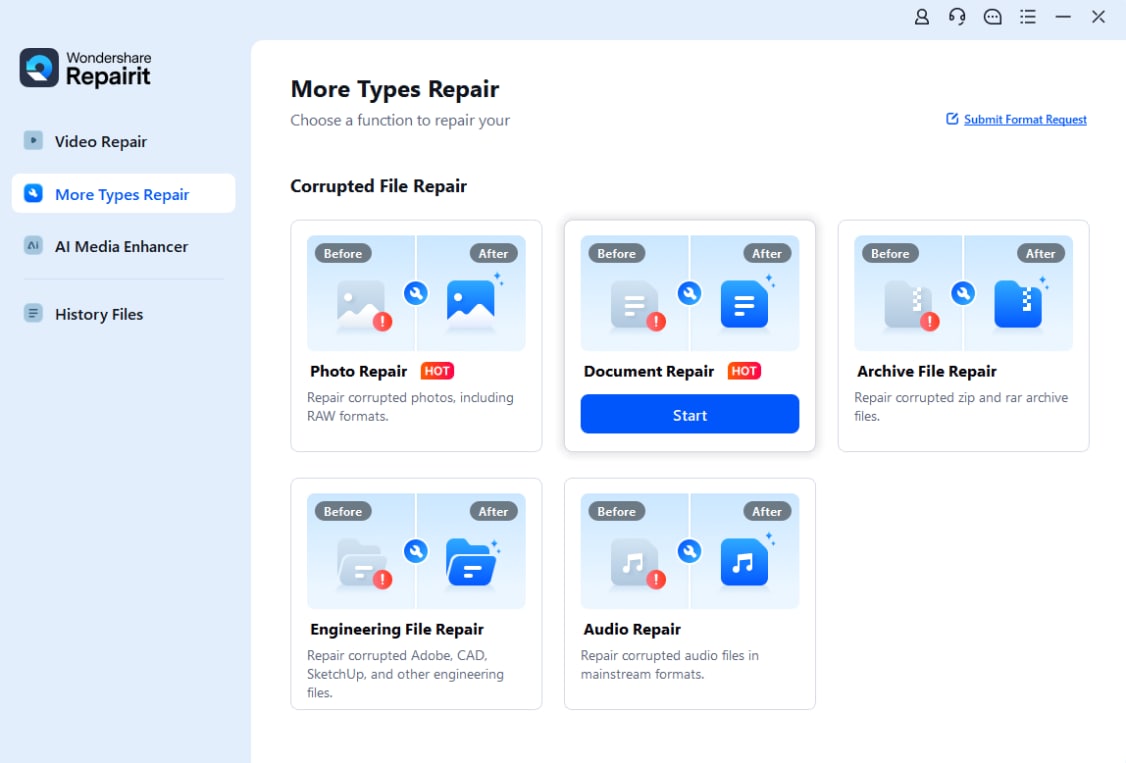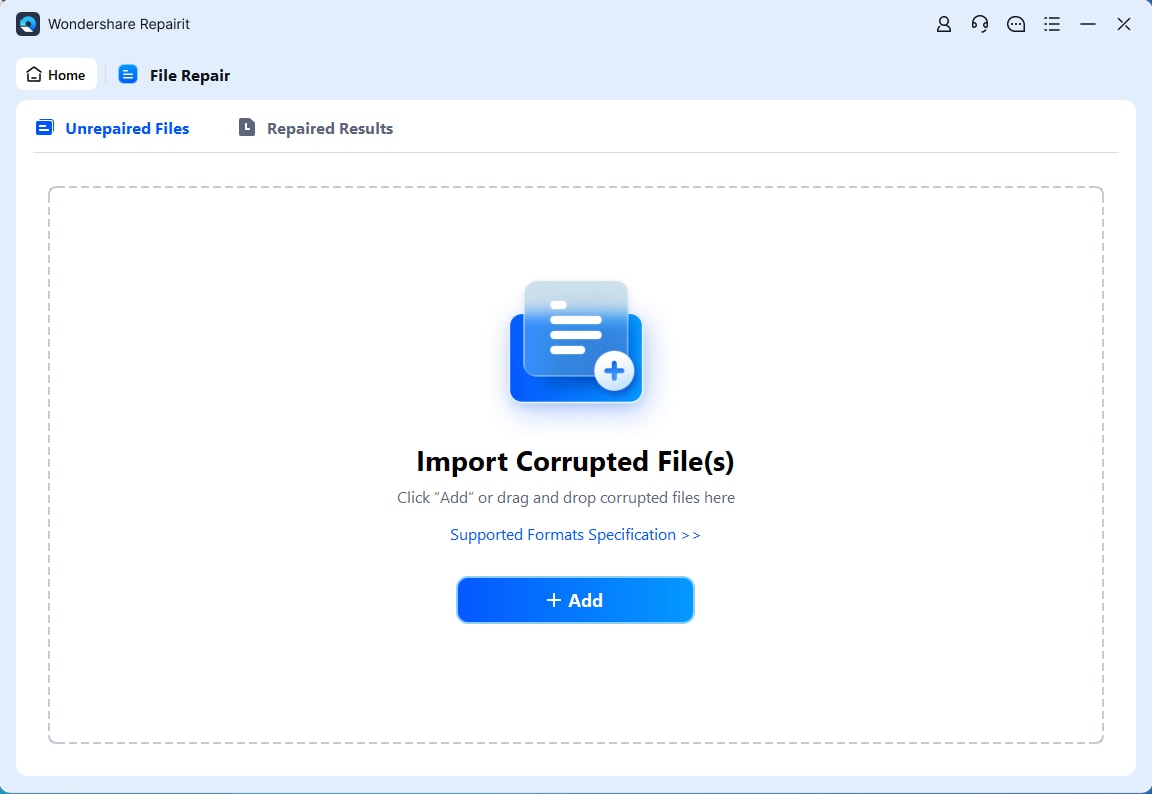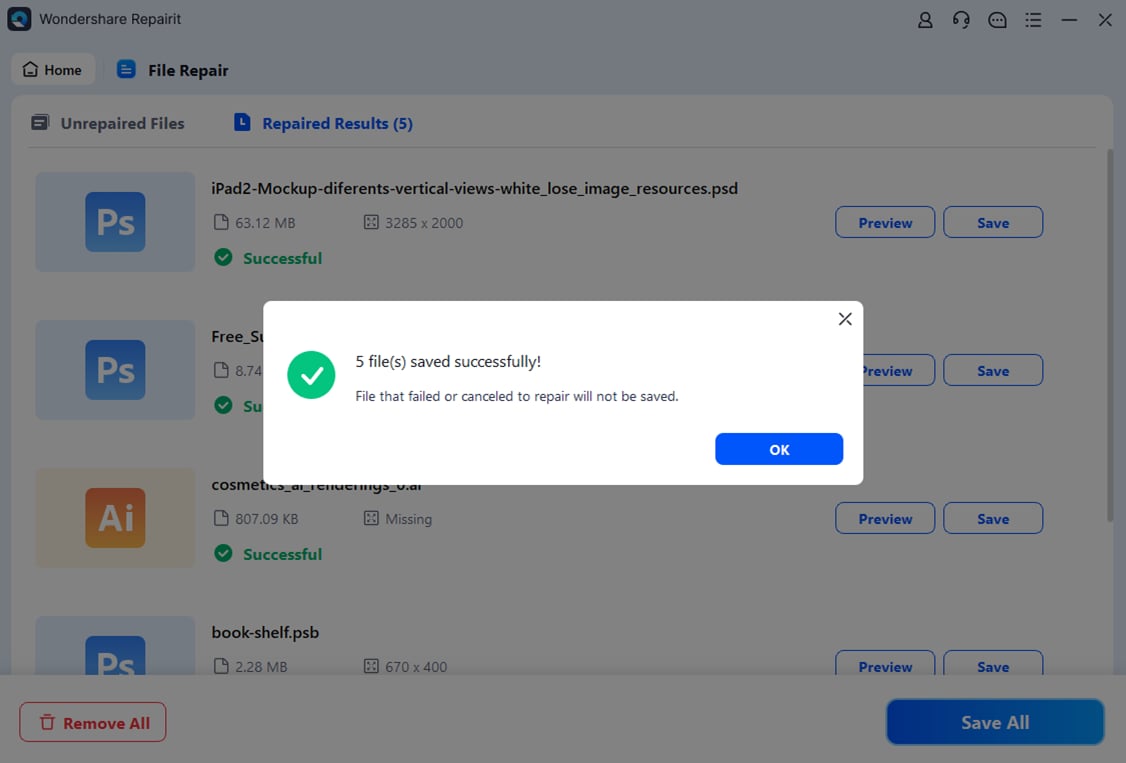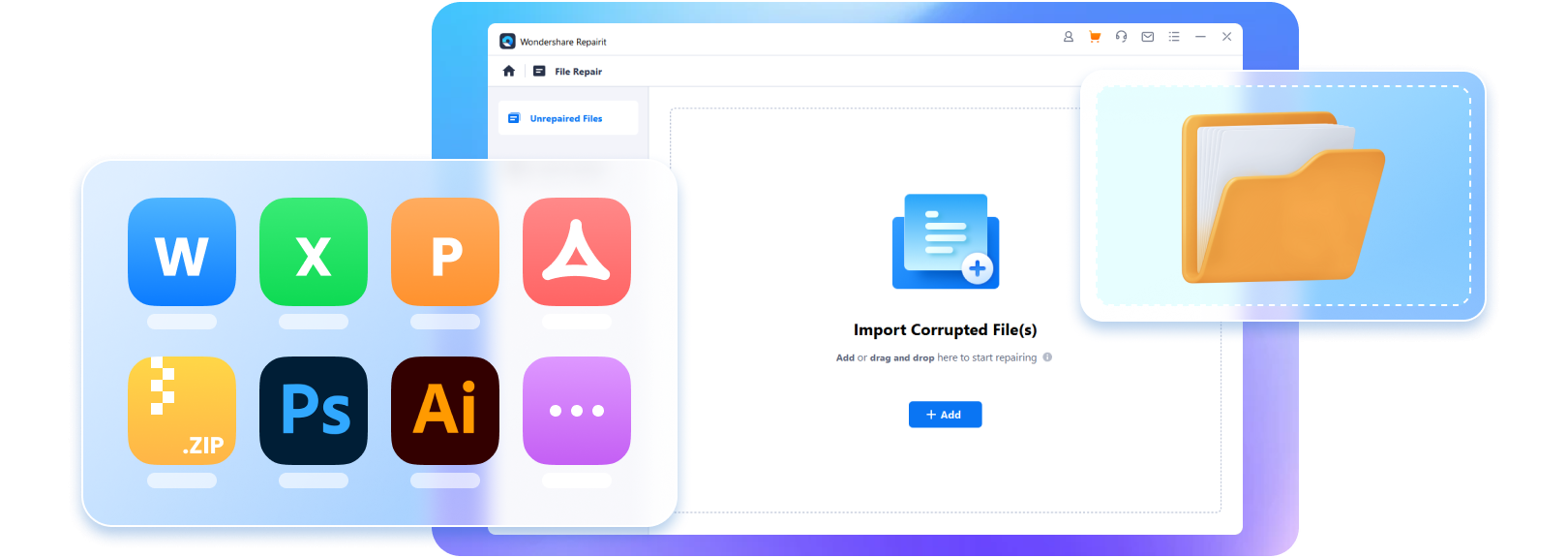Excel macros remove the necessity of writing VBA code and automate repetitive tasks within the file. When you create macros, you record your keystrokes and mouse actions. If your macro-enabled Excel file becomes corrupted, accessing both data and the entire file becomes impossible.
If you're facing this issue, this guide will explore the causes of Excel file corruption and provide solutions to recover corrupted macro-enabled Excel files.
What's Macro in Microsoft Excel?
Macros in Excel are available for Microsoft 365, Excel 2019, Excel 2016, Excel 2013, Excel 2010, Excel 2007.
If you perform tasks repeatedly in Microsoft Excel, you can record macros to automate those tasks. A macro is an action or set of actions that you can run as many times as you want. When you create a macro, you are recording mouse clicks and keystrokes. After you create a macro, you can edit it to make subtle changes to how it works.
Do we need to turn on macros to complete our daily work? It depends. Microsoft recommends that users do not turn on macros by default in Office files unless you are sure what the macros do and want to use the file functionality provided by macros, because unexpected macros can pose a significant security risk and cause corruption to the file you are working on.
Causes of Macro-Enabled Excel File Corruption
Microsoft Excel includes task automation based on the Visual Basic for Applications programming language. It's like a regular Excel document with added code for repetitive tasks. These files are called macro-enabled Excel files and have the .xlsm extension.
However, it can get corrupted due to the following factors:
- Hard drive corruption
- Problematic Microsoft updates
- Virus or malware attacks
- Sudden system shutdowns
- Abrupt closure of the application
- Mishandling of the Excel file
- Unexpected power failures
Top 4 Methods to Fix Corrupted Macro-Enabled Excel Files
Recovering a corrupted macro-enabled workbook doesn't have a single solution. Here are all possible solutions to help you recover your corrupted macro-enabled workbook file.
1. Restore to Previous Saved Version
When Excel's AutoRecover option is enabled, it automatically saves file versions. If your Excel file closes unexpectedly and becomes corrupted, you can attempt to retrieve the previously saved version. This method can avoid further damage.
Follow these steps to use the Recover Unsaved Workbooks option in Excel:
Step 1: Open the corrupted Excel sheet. Then click the File tab.

Step 2: See the Info section and click Manage Workbook.

Step 3: Select Recover Unsaved Workbooks.

Step 4: Choose the most recent auto-saved file version and click Open. Verify the data. Then, go to File and select Save As to save the file.

2. Switch Excel Calculation to Manual
If you can't open the corrupted Excel file, change the set calculation settings from automatic to manual. This might assist in opening the file. This involves adjusting Excel's settings to manual mode, giving users more control over formulas and calculations. By using this technique, users can reduce errors and protect their data integrity.
Follow these steps:
Step 1: Navigate to File and tap New. Select Blank workbook.

Step 2: Go to File and select Options.

Step 3: In the Excel Options window, click Formulas.

Step 4: Under Workbook Calculation, choose the Manual option. Then, click OK.

Step 5: See the File menu and click Open.

Step 6: Select the corrupted workbook and click Open.
3. Fix Corrupted Excel Files via a File Repair Tool
Regardless of the cause of corruption, you can easily fix your Excel files using Repairit Excel File Repair. This user-friendly and 100% reliable tool handles various scenarios efficiently. With its advanced repair formula, Repairit restores your original file with all its content intact. Its simplicity makes it widely accessible to users of all technical levels.
Here are some key features of Repairit File Repair:

Wondershare Repairit - Excel File Repair
Security Verified. Over 7,302,189 people have downloaded it.
-
Repair damaged Excel files with all levels of corruption, including blank files, files not opening, unrecognizable format, unreadable content, files layout changed, etc.
-
Repairs all kinds of data stored in damaged excel files such as tables, charts, formulas, comments, images, etc.
-
Support all formats of Excel files: XLSX/XLSM/XLTX/XLTM/XLS (Note: XLS is only supported by Win)
-
Perfectly repair corrupted files with a very high success rate, without modifying the original file.
-
Except Excel, Repairit also supports all formats of PDF, Word, Excel, PowerPoint, Zip, and Adobe files.
-
No limit to the number and size of the repairable files.
-
Support Windows 11/10/8/7/Vista, Windows Server 2003/2008/2012/2016/2019/2022, and macOS 10.10~macOS 13.
Repairit’s intuitive interface makes fixing Excel files a breeze. Follow these simple steps to repair corrupted Excel files.
Step 1: Install and launch Wondershare Repairit. Under More Types Repair, select File Repair.

Step 2: Click the Add button to upload your corrupted Excel files. Batch processing allows you to repair Excel files simultaneously.

Step 3: Once your documents are loaded, simply click Repair to initiate the process.

Step 4: Before saving, preview the repaired documents by clicking Preview. Then, choose the desired location and click Save to export the files. Alternatively, use the Save All button to export all files at once.

This video can help you fix your corrupted excel files with a step-by-step guide.
4. Use the Open and Repair Feature
Microsoft offers a built-in tool called Open and Repair to fix corrupted Excel files. You can use it to repair a corrupted macro-enabled Excel file. This method allows users to try to save their data by letting Excel automatically repair and recover damaged file parts.
Here's how:
Step 1: Go to File and press Open. Select the corrupted macro-enabled Excel file in the Open dialog box.
Step 2: Click the arrow beside the Open button and choose Open and Repair.

Step 3: Click Repair to fix as much data from the workbook as possible.
How to Prevent Future Excel File Corruption?
To prevent further Excel file corruption and avoid errors, it's important to take proactive steps to safeguard your files. Here are several best practices to reduce the likelihood of data loss:
Regular Saving and Backup: Frequently save your Excel work and create backup copies to ensure that you don’t lose valuable data in case of a corruption event.
Install Trustworthy Antivirus Software: Use trusted antivirus programs to protect your files from potential malware attacks, which can lead to file corruption.
Avoid Storing Files on Network Drives: It’s best to work on Excel files stored locally rather than on network drives, as network instability can sometimes cause file corruption.
Always Close Excel Properly: Make sure to close Excel correctly before turning off your computer. Unexpected shutdowns or improper exits can lead to file damage.
Use Excel Add-Ins Cautiously: Be careful when using third-party add-ins, as they can sometimes cause compatibility issues that lead to file corruption.
Save in Multiple Formats: To ensure the integrity of your data, consider saving your files in multiple formats (e.g., CSV, XLSX). This way, even if one format becomes corrupted, the data can still be accessible in another form.
Conclusion
Above, we've outlined methods to recover corrupted macro-enabled Excel files. You can change the Calculation settings from automatic to manual or use the Open and Repair utility. If none of these methods work well, consider using third-party Excel repair software like Wondershare Repairit File Repair. It efficiently fixes corrupted macro-enabled Excel files within minutes and can repair all types of damaged Excel files, retaining formatting, charts, graphs, images, and more.
People Also Ask
-
Do certain Excel features often cause corruption in macro-enabled files?
Yes. Specific Excel features can increase the risk of corruption in macro-enabled files. Complex formulas, large datasets, and frequent use of macros are common culprits. Extensive datasets can strain Excel's processing, leading to errors. Macros, while powerful for automation, can introduce vulnerabilities if not handled properly. To minimize these risks, saving your Excel work regularly and keeping backups is important to prevent potential data loss. -
How can I tell if my Excel file is corrupted?
If you think your Excel file is corrupted, watch for these signs:- Error messages may pop up when you try to open it.
- You might spot oddities like missing data or formatting errors inside the file.
- The file might not open at all, indicating deeper problems.
-
How can I avoid Excel file corruption in the future?
To prevent future Excel file corruption, take these precautions:- Save your work often to avoid data loss.
- Use reliable storage like a stable hard drive or cloud service.
- Maintain backups for added protection.
- Keep your operating system and Excel software updated for security.
- Use antivirus checkers to detect and prevent viruses.


 ChatGPT
ChatGPT
 Perplexity
Perplexity
 Google AI Mode
Google AI Mode
 Grok
Grok
